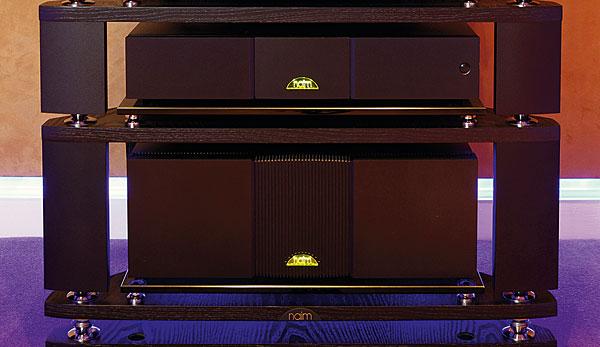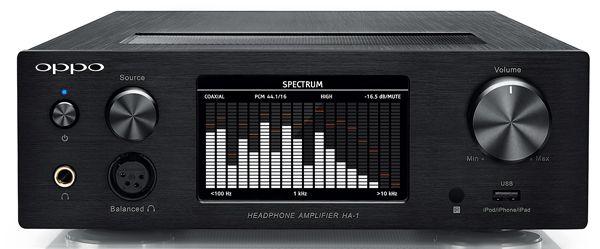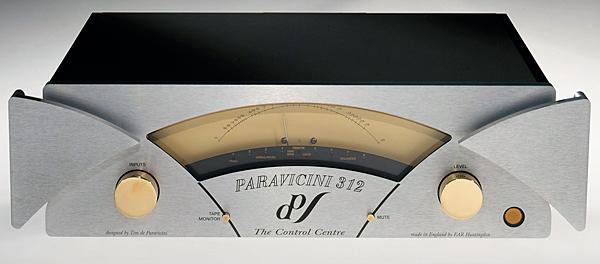Pre/Power Amplifiers
Sort By: Post DateTitle Publish Date
|
Oct 01, 2024
|
Dec 04, 2023
|
Sep 16, 2021
|
Jul 07, 2023 |
First Published: Apr 01, 1993
|
Jan 15, 2012
|
Sep 16, 2022 |
First Published: Dec 01, 2001
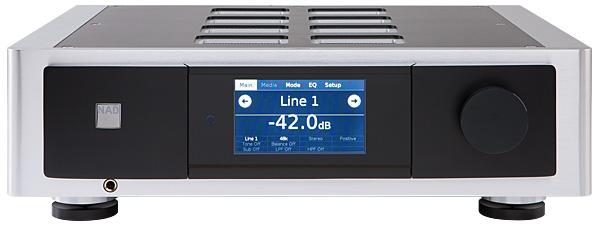
 A reversal of digital direction marks out this hi-tech integrated amp from the Masters Series, so can NAD's innovative thinking make the M32 stand out from the crowd?
A reversal of digital direction marks out this hi-tech integrated amp from the Masters Series, so can NAD's innovative thinking make the M32 stand out from the crowd?

 Styled and with features to match the Masters M23 power amp, NAD's M66 streaming DAC/preamp takes on all-comers as both a digital and vinyl hub with Dirac onboard
Styled and with features to match the Masters M23 power amp, NAD's M66 streaming DAC/preamp takes on all-comers as both a digital and vinyl hub with Dirac onboard

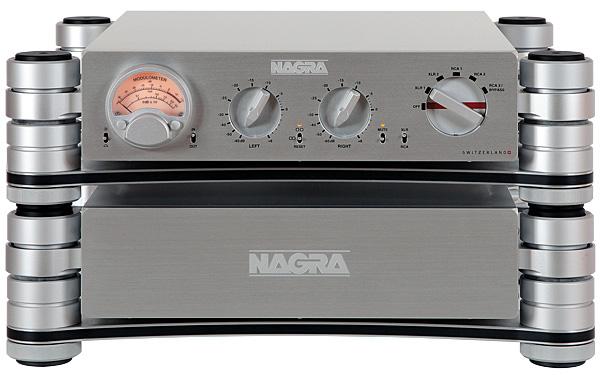
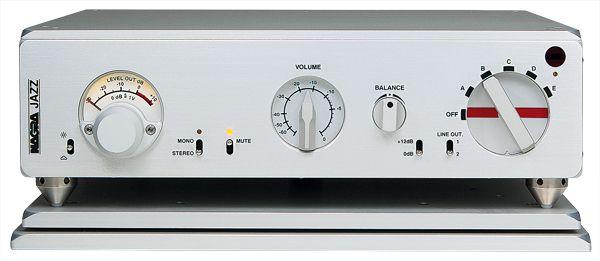

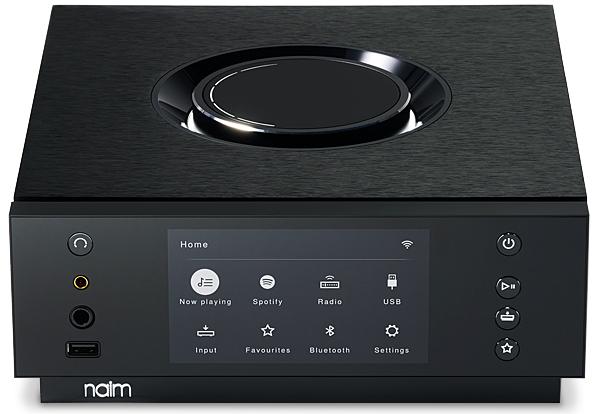
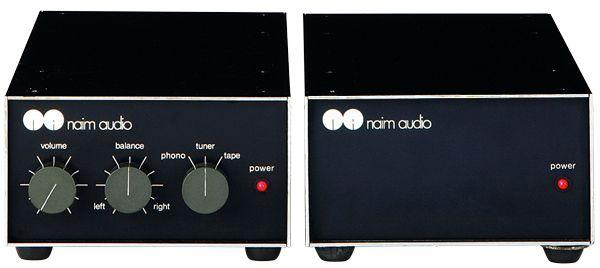
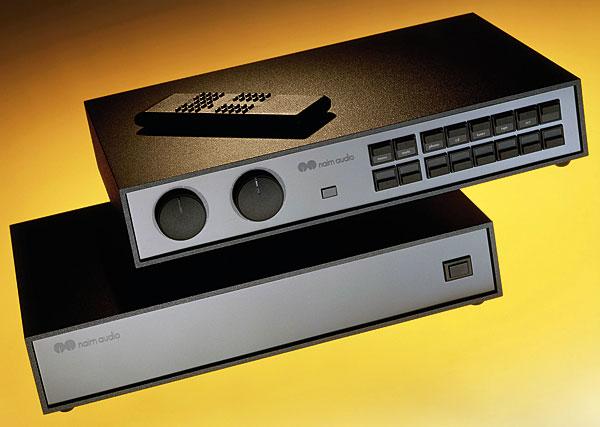
 Its components may work in all-Naim systems, but in this review of the company's latest pre/power Martin Colloms looks at the alternatives too
Its components may work in all-Naim systems, but in this review of the company's latest pre/power Martin Colloms looks at the alternatives too
